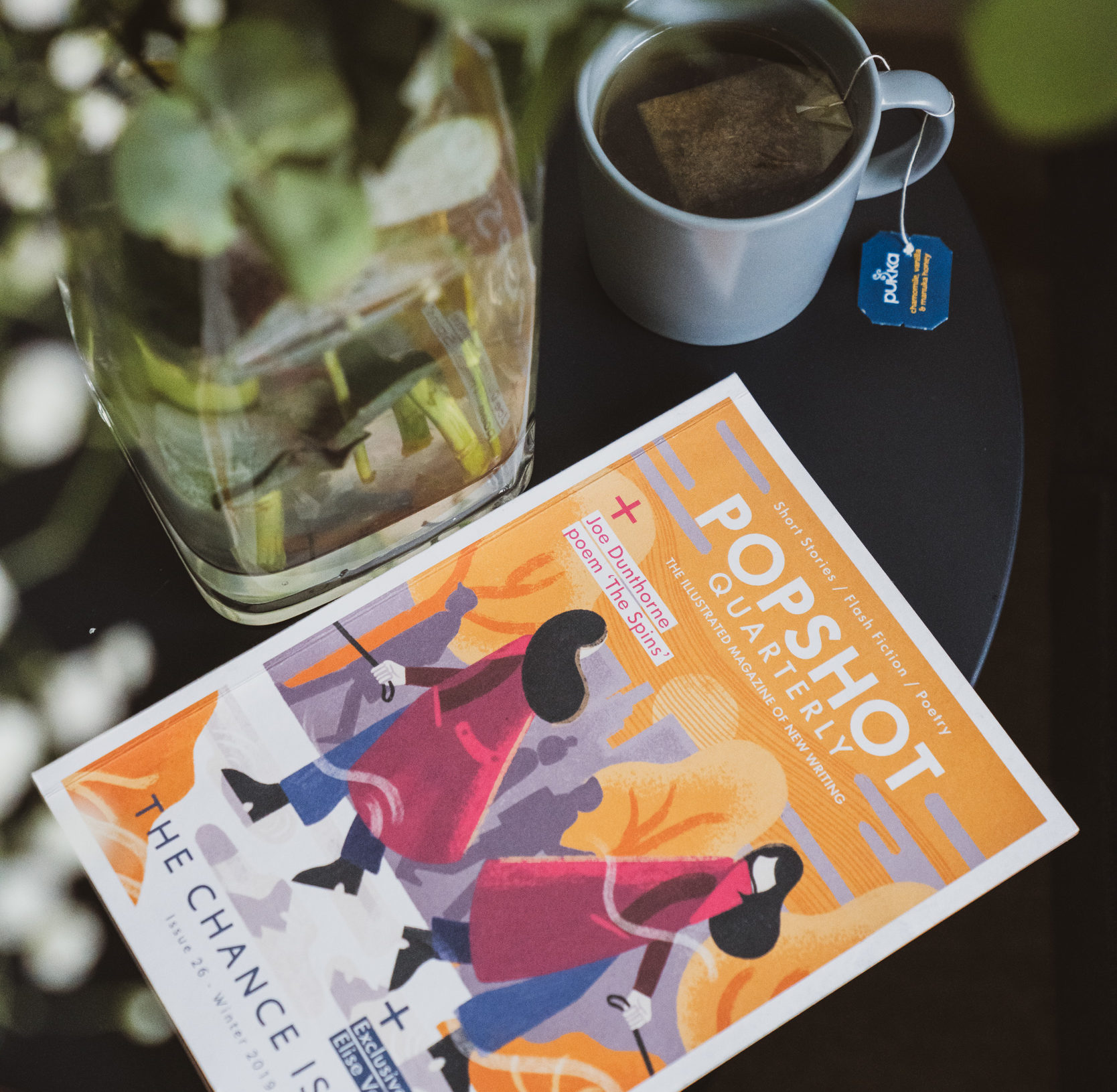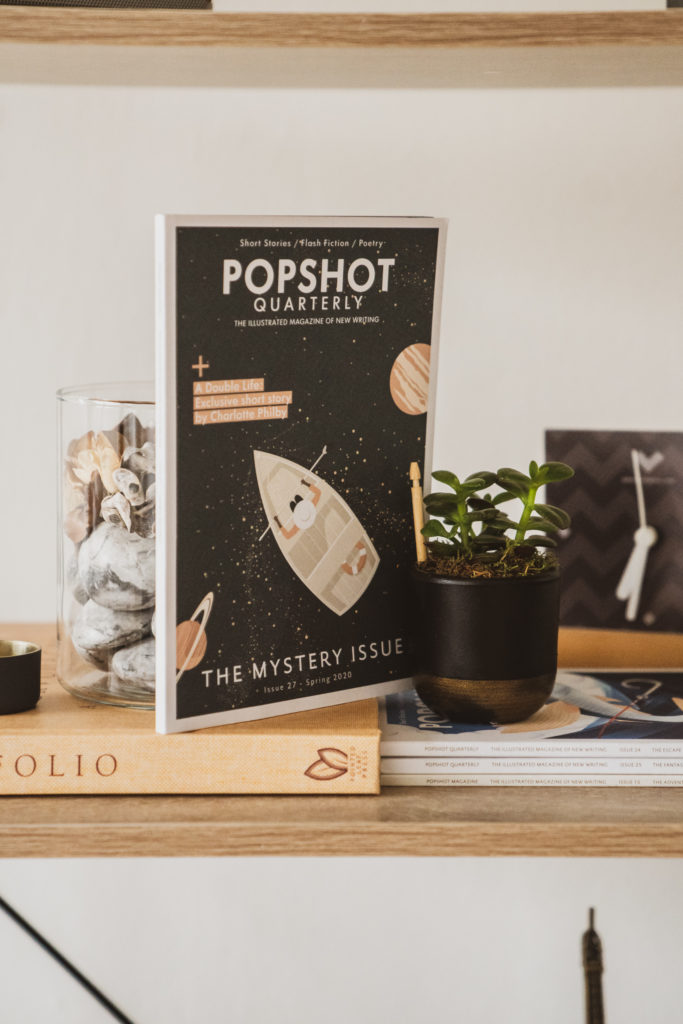
This may sound obvious but so many magazines start promisingly but then tail off because the people behind them don’t care enough about it. If you want to get your magazine off the ground, you’re going to have to a general understanding of every aspect of it.īe more passionate about the subject than the magazine

Similarly, if you’re great at handling your accounts but repeatedly put out issues with mediocre stories, you won’t have much of an account left to handle. If you have great ideas for features and stories but can’t look after the numbers side of things, you’re not going to last very long. The ability to be interested in all aspects of running a magazine is pretty much essential. This isn’t to say that you have to be, but it certainly does help. If you decide to set up your own magazine, you might end up being an editor, an art director, a designer, a proof-reader, a social media manager, a subscriptions manager, a marketing manager, a web editor, a web designer and an accountant all rolled into one. Sometimes things aren’t as difficult as they appear. That’s not to say that you should go in blind but in my experience naivety can unlock doors that the knowledgeable believe are too hard to open. If you knew everything that was involved in making a magazine before you started, you probably wouldn’t do it. In fact, ask most magazine makers how much they knew before they started and most of the time the answer is something along the lines of, ‘I didn’t have a clue’. Naivety gets a bad rap but it’s actually quite an essential ingredient to the making of a magazine, or any small business for that matter. Most of the best magazines have a point of difference to them, no matter how subtle they may be. Oh Comely launched because they wanted to make a women’s magazine that didn’t feel anything like the usual ‘women’s magazine’. Delayed Gratification is a news magazine that proudly professes that they’re the last ones to breaking news, dubbing it a ‘slow journalism magazine’. Most magazines begin their life with some sort of mission statement behind them, an issue that they’re trying to address or a subject that they want to shed some light on: Popshot was borne out of a frustration at not being able to find a magazine that represented poetry in a light that made it enticing. If you don’t have a point of difference or a, forgive me, ‘USP’, you’re going to struggle. Even if it’s quite subtle, it has to be doing something that all the other fashion magazines aren’t already doing. If you want to start up another fashion magazine but can’t explain why it’s doing something that all the other fashion magazines aren’t doing, don’t bother. With that in mind, here are a few necessaries that will help you work out whether you’re ready to run a magazine or not. Finding an audience isn’t as difficult as it used to be the difficulty is making something good enough for that audience to really care about.

If I want to get the name of Popshot in front of anyone who uses the hashtag #shortfiction, Twitter can help me do that. If I want to find men aged 25-35 in London who are interested in poetry, whiskey and the music of Bon Iver, Facebook ads can help me do that. Thanks to increasing amounts of data that allow us to very specifically target people, it’s becoming easier and easier to track down readers. Much as it may seem as though publishing is a complex beast, the basic principles behind it are very simple: make a publication that is interesting, engaging and (hopefully) beautiful then find a way to get it in front of the people who will care about it.

All I had was an idea and that was about it – the rest was picked up along the way.

Popshot podcast how to#
Popshot was started back in 2008 from a kitchen table in Oxford with no knowledge of the publishing world, no design experience, no contacts, a rudimentary understanding of how to build a website and very little comprehension of the lie of the land in poetry or illustration. Technology has become so intuitive, and information so accessible, that almost any skill or piece of knowledge that you might need in the process of creating a magazine can now be obtained with the help of Google and a YouTube tutorial video. Now all it takes to become a publisher is a laptop, an internet connection, a bit of seed money (which can generally be acquired on Kickstarter these days), good taste and an open mind. The playing field has changed drastically, and with it, so too has the landscape of magazines – independent magazines especially.


 0 kommentar(er)
0 kommentar(er)
